Notice the unplugged mini-crockpot with its inefficient non-black ceramic - even when plugged in the wax does not get up to the necessary 140 Fahrenheit to melt. Here the SolCook oven is working marvelously in a mild 60 degrees Fahrenheit temperature spring outside.
How do you know the SolCook works? You want no smoke yet a completely melted wax - and there is the dauber - both wax and dauber are sold by Field and Forest products.
So now we can proceed to inoculate our first logs!! There is the sawdust spawn in the bag - and a log that has been drilled is on the "table" with the hot melted wax waiting in the SolCook oven.
To prove this is a Solar Cooking oven - as the day proceeds then the whole inoculation station has to move with the Sun! So the tree also moves. It's all very much the style of sustainable offgrid Soltree Shiitake Shrooms.
By the way it took me a while to assembly the SolCook oven properly - there are various washers and parts needs to be properly aligned. But once figured out - then the folded parts are flexible and even "flexed" to maximize operational capability. That wooden peg on top is the sundial for solar alignment.
The next day I decided to move the whole operation to the south side of the forest, instead of the north side. So there, next to the log, you can see the palm inoculator device - that is made especially for Field and Forest. Again my winter hat proves that we were still getting below freezing weather at night and also that the black pans absorb SO much heat that they are too hot to touch with bare hands.
At this time I was accosted by a local - and due to my smelly camping disheveled condition, he suspected I was a squatter. I said - it's a campsite but it's seasonal. Turned out he was a professional land surveyor for the county! But he was also friendly enough - so I think I allayed his concerns. Also he was completely perplexed by the Solcook solar oven and my mushroom cultivation plans.
Here is a close up of the Japanese designed one inch stopper on the Shiitake sawdust spawn drill bit. This bit is to be used for the slower drills, as the cordless is.
So even though this is a "cheap" Harbor Freight cordless drill, that 20volt lithium battery with 3 amphours can handle about 300 drill holes and the drill has extra torque, so works especially well for drilling into hardwood. There's a hole every 6 inches and then they are "diamond" stacked - so about 5 rows per log - or 6 rows - so about 36 holes per log. So the more holes, the faster the mycelium spreads in the log. Once the log is filled up with mycelium and the ends are white - then it can be "forced" fruited in the Fall to get a harvest all at once. You soak the log for 24 hours and then wait a week.
So there is a newly drilled log - again this is Birch and I thought it was Alder, but turns out the Shiitake spawn grows faster in Birch, which will better ensure me a first "sample" harvest this Fall.
As per the offgrid sustainable Soltree Shiitake Shroom style - here are newly cut Birch logs, with the old saw I used. That saw is an amazing design used for trimming Orange trees in California. It is a "rip" saw design - so the teeth are cross-cut and only pulling back then "shreds" the tree - very quickly. The larger size of this saw then also quickens the cut. I think that's a 19 inch saw.
Because this saw is so quiet - then the very first butterflies of the Spring were visiting the birch trunk sap - the Mourning Cloak that hibernates hidden in the trees, over the very cold winters in northern Minnesota.
The Mourning Cloak like Willow trees, which are abundant in the EcoEcho mini-forest. So the caterpillars can even "defoliate" willow trees.
Here the cordless drill gets recharged by the Chafon 500 watt lithium generator - so from one lithium battery to another. Only the Chafon is designed for offgrid recharging. The drill charger is then just an AC plug in to the Chafon and uses about 25% of the Chafon charge to recharge the 3.6 amp hours at 50 watthours for charging.
So if the Sun is not out to recharge the Chafon, then my individually custom designed DC motor bicycle charger should do the trick - here it is newly set up on the "Wilderness Lodge." That is a nylon tent - and so I wrapped the center doors around a set of Army pup tent poles - stacked together as a center support pole in the tent. Then I tied cordage around the Army pup tent poles - to stabilize the nylon wrap support. Hopefully this tent survived the 1 to 2 inches of wet snow we got up north this past week!!
The tent had been set up for a few weeks - and so the nylon roof had already stretched out from the rain and freezing ice, etc. So first thing I did was take the tent, the Wilderness Lodge, halfway down, and then put on this big Polyester-Silicone tarp as a new roof. I tied a rope to the center of the tarp so I could then pull it over the nylon roof. This is one side of the tent - those aluminum poles get bent by the wind. So the tarp also adds weight to the tent against the wind, along with being much more water proof than the nylon roof - and the polyester does not stretch. This side of the tarp does not have much of an overhang.
So the back where the bicycle generator is - then the tarp has more overhang. This is to protect the bicycle and provide some outside shelter - so I can have the windows open a bit so the wind does not just blow against the vertical tent walls, so badly.
So the front also has some overhang - but not as much as the back - there is no bicycle with fragile electrical components in the front. And underneath this tent is the canvas tarp that I treated with silicone and linseed oil - as the ground covering or "footprint" - along with a previous nylon footprint from the previous tent.
So this side of the tent has enough overhang so that the walls are protected - and the windows - from rain. So I can leave the windows open a bit to keep the wind from blowing against the vertical walls of the tent. And with so many "guy holes" to hold this tarp down - then it is quite stable against the wind. Also the end guy holes - the center ropes - I have tied high up into the trees - to hold up the tarp, free standing. so it's not dependent on the tent poles for support.
This is, of course, the secret customized DC/DC Buck Converter component of the bicycle generator. I got the positive wire tightened back in - after carrying the whole contraption through the mini-forest. So the light was on when I hand turned the bicycle cranks - indicating this generator is ready to work! I've got it adjusted to just over 12 volts, to get the maximize voltage to amp conversion (via Ohm's Law) - so I get about 4 amps with the lowest easiest bicycle gear (that is at about 35 volts while pedaling the fastest).
So here is why I thought these were Alders at first - the Birch also has the catkins.
The leaves of birches and alders are very similar, frequently leading to confusion between the species. Both are serrated and oval-shaped, about 2 to 3 inches wide by 3 to 4 inches long. Birch leaves have a pointed tip, and some varieties are spade-shaped, while alders are generally more rounded in appearance.
Depending on the variety, both trees may have smooth silver or white bark, although birches are particularly known for this trait. Most birches and alders grow much taller than wide, and all varieties have showy male "catkins" that release their pollen in spring and are followed by small cone-like fruits that hang gracefully on the branches over a long period.
From a newly cut Alder tree - the male catkins are longer and slender - the female catkins are wider and shorter. The buds are not yet green nor open - so it's still safe to cut these for mushroom cultivation. Notice how dirty my hand is.
Male catkins are large and long, getting longer as they expose their flowers to the wind. The female catkins are much smaller, often hardly noticed. The female catkins are not open to receive pollen when the male flowers are releasing it – this ensures that the female flowers are not covered in pollen from the same tree.
Field guides often point out that alders are the only shrub that has two kinds of catkins in the winter: female catkins, empty of seeds, plus the next spring’s male catkins, preformed and ready to elongate and shed pollen before the leaves come out. In fact, there are three kinds of catkins. Just below the large male ones are the coming year’s very tiny female ones, which will enlarge and open in spring and, after being pollinated, will make seeds that will mature and be dispersed in the fall.https://northernwoodlands.org/articles/article/speckled_alder_alnus_incana
This was my biggest Alder that I cut - so, strangely, the female catkins had already grown in. https://www.duluthnewstribune.com/opinion/columns/2505321-northland-nature-alder-catkins-now-maturing for details on northern Minnesota Alder pollen in the spring.
Here is proof - the buds are still tight and not green. To refer to my research notes:
Bud swell is a visual indication of dormancy breaking. To the unpracticed eyes, dormancy means no leaves, even itty bitty ones. In fact it means little green in the buds at all; the buds being tight.
So these are still dormant - no green in the buds and the buds are tight. Also you can see these Alder grow right in the "wetland" part of the land. So there are lots of Alder groves growing. I cut 25 Alder - the biggest Alder on the groves - all around 3 inches in diameter. The biggest one was around 4 inches.
So now I got another 5.5 pound bag of Shiitake sawdust spawn since I have the 25 Alder logs cut and drying - to be ready in about a week from now. Plus the Birch logs I cut - and I inoculated six of the Birch logs so far, and so have another 25 or so to go. Some of those Birch logs are big though!
Thanks to the Energy Emptiness for providing an excellent EcoEcho Forest cultivation inoculation trip.
Wow - I'm almost positive - this Harvester butterfly - is what I saw also? I remember it was orange and yellow but I looked through the butterflies and I could not notice which one. So it makes sense this was it!!
What I keep hoping to see is another insect – the larva of a pretty butterfly called the harvester (Feniseca tarquinius, also known as the wanderer), which is the only butterfly species in North America that has carnivorous larvae. The caterpillars feed on alder blight aphids, and the adults eat the “honeydew” excreted by the aphids. It is said that the caterpillars can be half-buried in a mass of aphids. It’s not often that you’d wish for aphids, but I’d love to see a mass of them on alder, especially if I could watch them being eaten by butterfly larvae.They are definitely found in the same area and they're primary food source is alders - the aphids that FEED on alders!! Very amazing. Yes the other orange and yellow butterfly I thought it might have been uses Nettles as the host plant and I currently do NOT have Nettles - so it must have been the Harvester!


















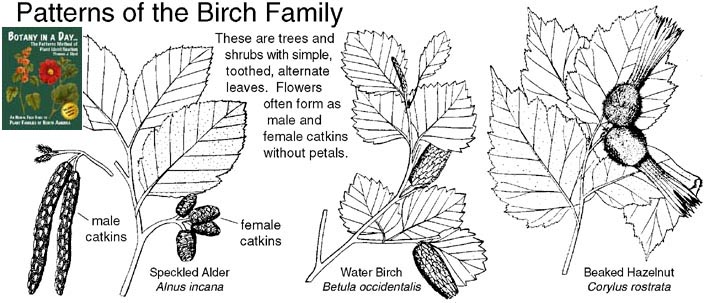

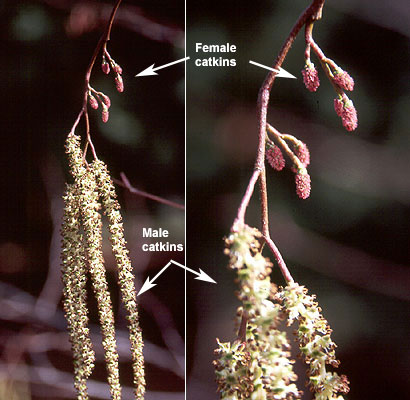
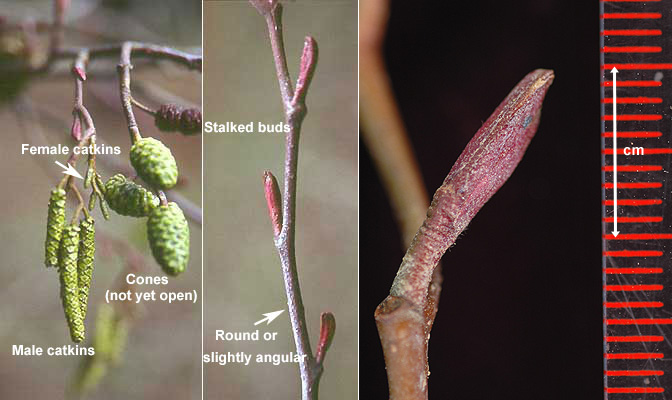


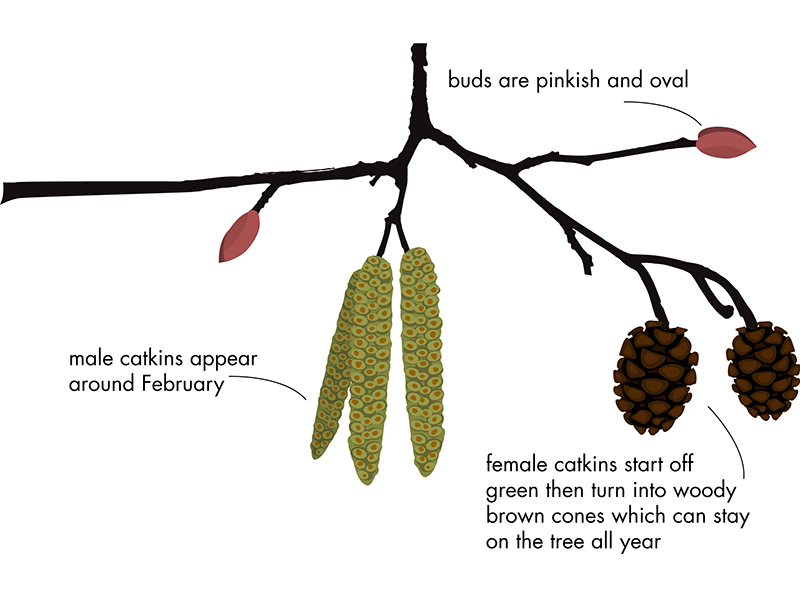


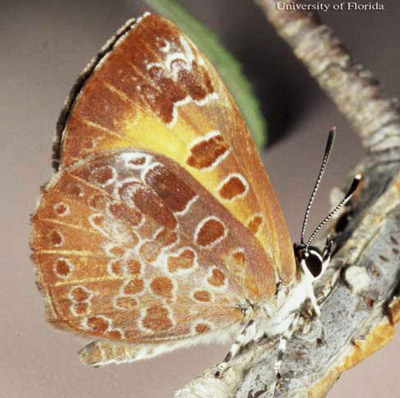

No comments:
Post a Comment